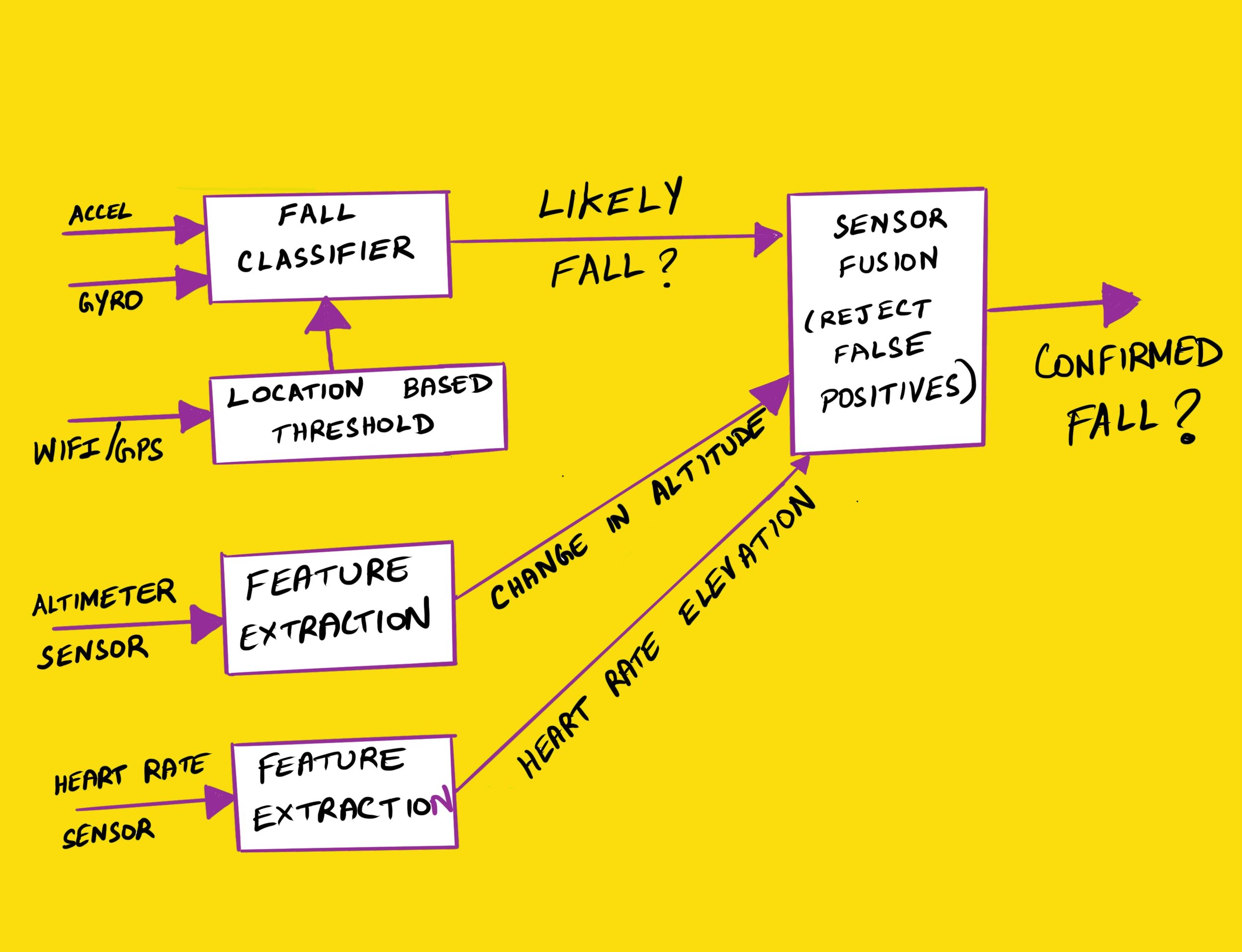Fall Detection Algorithm explained!
Hey friends, Happy Wednesday!
Thank you for filling out last week’s survey
Last week, I asked a few questions for you to answer so that I can drive the newsletter in a direction that’d benefit everyone. Thanks a lot for filling them and here are the results.
More than 50% of you wanted to learn about algorithms and everyday general gadgets. So I’ll include more of these in my newsletters and blogs.
The average score of the desired newsletter length is approximately 9/10, with 5/10 being my current “newsletter length score” (as I call it :P). I generally don’t like stuffing as I prefer concise newsletters. But, I’ll move towards writing longer newsletters given that I have useful information.
With an explanation clarity score of 9.67/10, I’ll stick to the way I explain how gadgets work.
There are some changes and new subsections I’m introducing next week, thank you again for engaging with my newsletter and for your constant support!
I aim to write my newsletter issues in a way one can follow them while traveling on a bus, having a coffee, waiting for your food, etc. Let’s jump in!
Fall detection algorithm in a Fitness Watch summary
The accelerometer sends out acceleration data along the 3-axis (X, Y, Z) of the fitness watch. The acceleration and jerk (rate of change of acceleration) are measured. If both their values are beyond a threshold, then the fall detection algorithm begins!
Helper - All the terms in double quotes below refer to the blocks in the Figure 1.
Figure 1 shows a “Fall classifier”. The accelerometer and gyroscope (measures orientation) data are sent to the fall classifier which analyses the data to find if the user was performing a bracing motion (thrusting their arms to arrest forward momentum), balancing motion (throwing their arms out to regain balance), etc.
“Location-based Threshold” - By collecting the GPS, and WiFi information, the fitness watch can detect if the user is driving a car, biking, at their home, etc. The likely hood of falling in our home is more than in our car. Depending on this information, the “Fall classifier” increases the sensitivity of its fall detection if the person is at home for example.
Based on these two, the “Fall Classifier” decides if it was likely a fall or not. This data is then sent out to the “Sensor Fusion” module.
“Altimeter sensor” - The altitude data from the altimeter sensor is analyzed to find out if the user is experiencing a significant change in elevation (Example- Falling several feet, stories, etc.). If so, the “Sensor Fusion” may determine that a false positive is less likely (False positive means detecting that a person fell when the user actually didn’t)
“Heart Rate sensor” - For example, if the user’s heart rate increases, the “Sensor fusion” module may determine that a false positive was less likely. This is because our heart rate tends to increase during and right after the fall.
All these data together are processed by the Sensor fusion model to confirm if the user actually fell. This is how the Fall Detection algorithm works! But what is Sensor fusion?
Question of the Week
What is Sensor fusion and what does it do? What other gadgets do you think use sensor fusion? Share your thoughts by replying to this email, and we can have a discussion. This is the topic for my next week’s issue by the way.
Blog posts
I’ll send you my full blog post S1E8 on Fall Detection after we discuss Sensor Fusion and the basics of Feature Extraction next week so that it's readable. I’m thinking of writing about one of the following - an electric toothbrush, sleep rate sensor among a few other options on my mind for the next episode S1E9. Also, let me know if you’d like to read about a specific gadget/device.
Have a nice rest of the week, and take care!
Until next Wednesday,
Chendur

